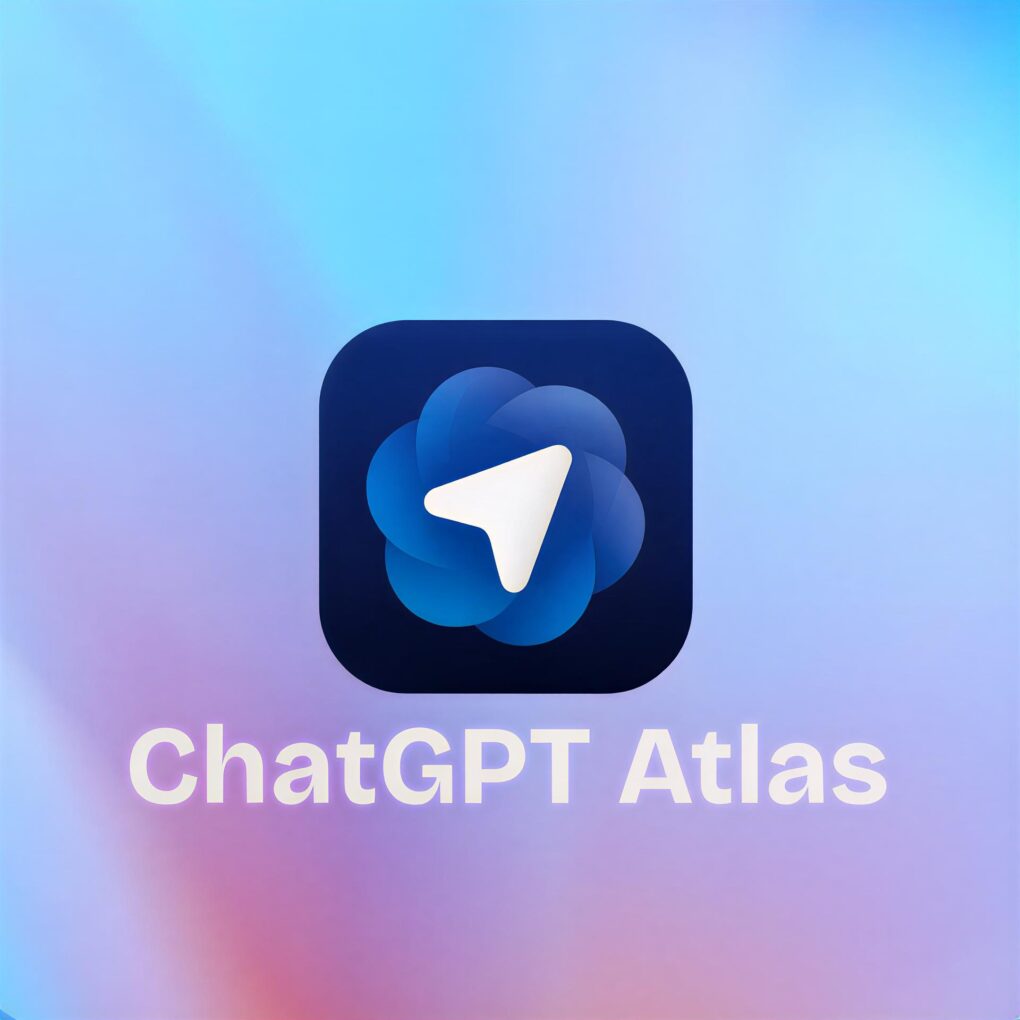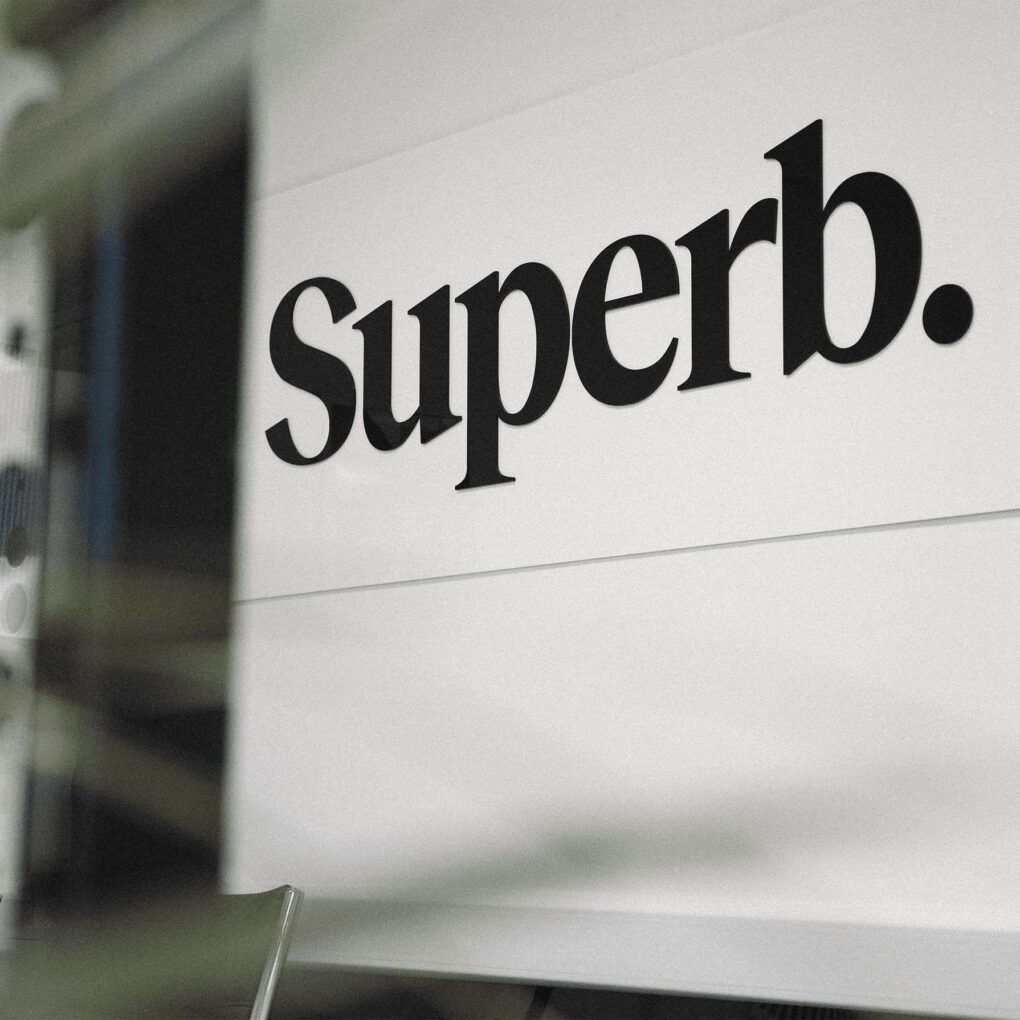When it comes to marketing, humour works. It works for the same reason that it works in life. It engages, satisfies and delights those around us. So grateful are the recipients of a good laugh, they are likely to develop warm feelings of positivity towards the providers. After all, laughter is great for our well-beings. Humour lightens our day, makes situations and people more attractive and even encourages us to share content.
It seems like a no-brainer to include humour in all your marketing outputs, in order to increase your reach through the likely shares that will follow. However, you may be surprised to learn that many brands have shunned this approach. Getting the tone right with humour is notoriously difficult and so many marketers just shy away from it altogether. Humour is subjective, often specific to cultures and can so easily backfire causing PR catastrophes. It is rare that brands manage to find a humorous angle that unites people from all walks of life through laughter.
However, we mustn’t underestimate the consumer’s ability to gauge and understand humour. We live in a world where many brands are doing the comedy thing and to a successful degree. Why not make it your turn to inject some lols into your brand.
To start, let’s try and pin down what is funny. From there you can start forming your content strategy, safe in the knowledge that you know the sort of jokes you can pepper your marketing materials with. Some jokes are funny because they state the obvious. They allow people to go “ OMG same” or “ That’s so true!” This is known as identifying humour and can make an audience feel nostalgic, warm and at one with those around them. There are jokes that are laced with the element of surprise that can catch audience members out but delight them no less. Transgression works too, but this can involve playing with fire. Transgressive jokes are all about saying the unsayable and this can easily cause offense. Some of us also laugh out of relief, when it turns out the scary thing we were fixated about wasn’t at all real.
So let’s take a look at how the brands are using humour and if it’s working for them.
McDonald’s, masters of social observation
McDonald’s have come out with a clever little ad. It features unsatisfied customers in a series of hipster coffee shops, the sort that has been springing up in metropolitan areas all over the country, much to the disdain of older consumers and those who like their retail experiences to be down to earth and accessible. It shows customers annoyed with the overpriced pretentious hipster establishments and then going into McDonald’s and enjoying a “proper brew”. It’s funny because it is relatable. It’s that identifying humour. The consumer can instantly identify with the ad and its sentiments and therefore laugh along and enjoy it.
Cinnabon, transgressive with Carrie.
When Carrie Fisher died, Cinnabon came up with a genius way of paying tribute and advertising their product, all with wicked humour. They posted on their Instagram page a picture of the late actress in her Princess Leia pomp, only this time her rolled up plaits were actually Cinnabons. It is accompanied by the line “You’ll always have the best buns in the galaxy.” Very funny. It’s visually clever, and it taps into a well-recognised, cultural phenomenon (Star Wars). Yes, the joke could have backfired by those who think it is cynical and exploitative to mention a deceased artist in order to boost your sales, but it is done with such affection, no one could accuse the brand of not honouring her memory.
Spotify, More dark humour
Spotify, have gone for humour in times of adversity. They, like Cinnabon, run the risk of annoying certain people with their latest campaign, but the brand knows it’s audience and knows what they are likely to find funny. What they have done essentially is create a job ad for a “President of Playlists”, the job role makes frequent reference to a Trump-like president and how if you have any of his attributes you need not apply. The brand is clearly acknowledging that amongst its young, creative followers there may be more than a few nervous about Trump. In acknowledging their worries, Spotify has grown closer to its audience. The laughter in the face of adversity humour is for those uncomfortable about the Trump presidency.
So there you have the basics plus a few ideas for how you can write funny copy that will engage your audience and allow them to feel a bond with you on a more personal level. It has to be said that although many writers may be quick-witted and on the money, they like anyone are most successful when being themselves and writing from a place of honesty. This is when comedy avoids being contrived and retains that light and direct quality.








